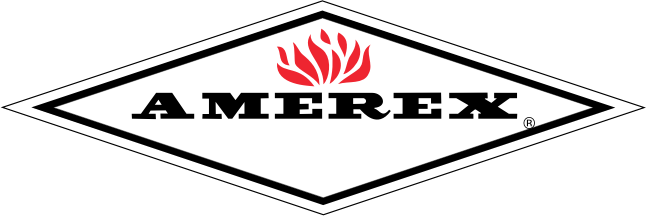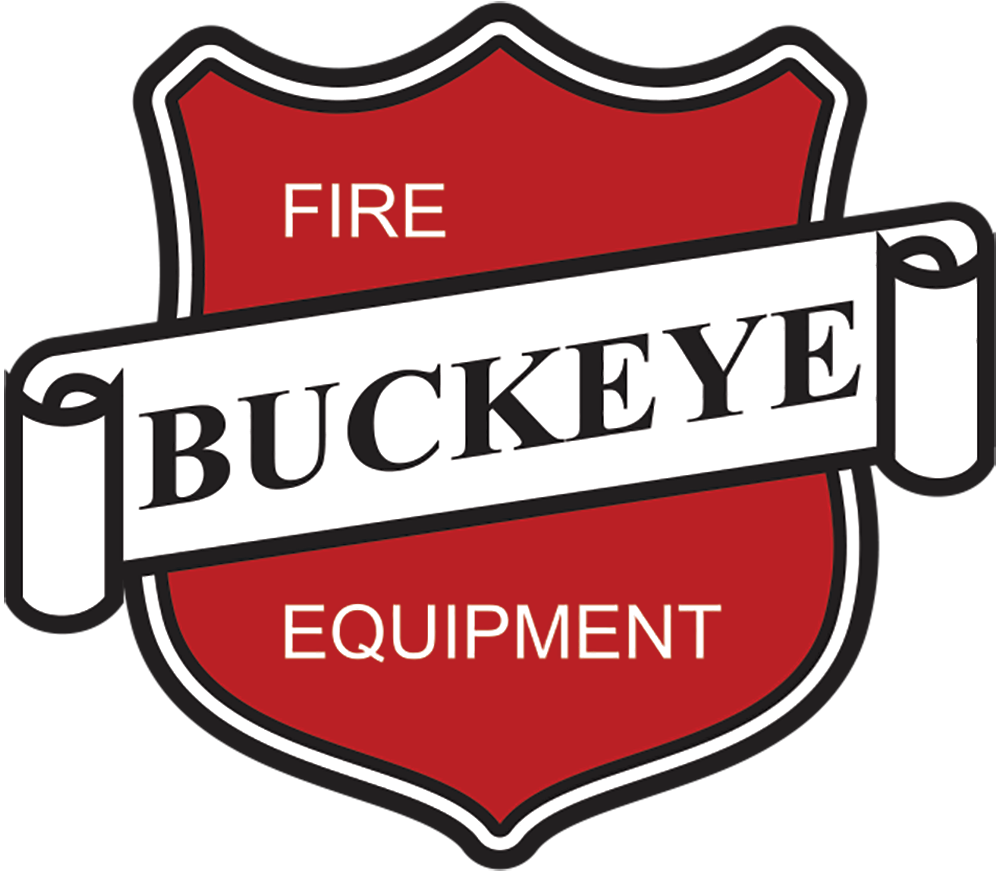When a fire breaks out at a facility or a business, firefighters require access to functioning hydrants to extinguish the flames that threaten people and property. It is critical to schedule routine fire hydrant inspections to prevent potential failures and enable firefighters to do their jobs. Learn the signs that may indicate your hydrant needs maintenance now.
When You Should Schedule an Inspection
Scheduling inspections at strategic times maximizes the functionality and longevity of your fire hydrants. Proper timing allows inspectors to ensure the hydrant meets safety standards. Read on to learn when inspections should take place.
Each Year
One of the National Fire Protection Association’s (NFPA) regulations is the yearly inspection of fire hydrants. Annual inspections form the foundation of a reliable maintenance schedule. Over the course of a year, exposure to weather fluctuations and debris can affect a hydrant’s performance. Inspections allow technicians to catch small issues in the hydrant before they escalate. A thorough annual assessment will maintain the hydrant’s reliability year-round.
During these checkups, inspectors will assess various mechanical and structural components to confirm that the hydrant is operational and clear of obstructions. In addition, they will perform flow testing to verify the hydrant’s water pressure. Proper flow rates provide fire response teams with the water volume they need when accessing the hydrant during emergencies.
After You Use the Hydrant

The NFPA also advises property owners to schedule fire hydrant inspections after the hydrant’s use. This is because supply points experience tremendous pressure and force whenever response teams use them. This strain can cause mechanical components within the hydrant to loosen, crack, or wear faster. Heavy use also allows sediment or debris to enter the hydrant’s system, which may reduce performance or clog parts. Having the hydrant checked immediately after its use is essential to minimizing long-term damage.
During this process, inspectors will look for leaks, loose bolts, or obstructions from residual debris to ensure the hydrant remains functional. Neglecting inspections after use can increase the risk of failure when firefighters need the hydrant in an emergency.
Every Five Years
According to the NFPA, property and business owners should also have hydrant testing performed every five years. Although annual inspections can address minor issues, a more extensive review every five years digs deeper into the system’s functionality.
These periodic inspections focus on internal components that don’t require regular attention but play a crucial role in reliable performance. A comprehensive five-year inspection involves tasks such as analyzing the valve system and checking lubrication inside the hydrant.
Testing the hydrant’s pressure capacity is another important part of this process. Over time, aging infrastructure, water supply issues, or sediment buildup could affect water pressure. Periodic testing ensures hydrants meet local and federal safety codes and regulations.
When the Hydrant Is Damaged

Don’t hesitate to schedule fire hydrant service if yours shows signs of damage. Leaving repairs unaddressed can compromise the hydrant’s ability to function, creating unnecessary risks during emergencies. Having it inspected promptly can prevent unnecessary repair costs and keep the hydrant functional.
Things To Monitor on Your Hydrant
Being able to spot the signs of hydrant damage will help you address problems before they worsen. Monitoring these key indicators will allow for timely maintenance and repairs, guaranteeing that the hydrant remains dependable.
Improper Water Flow
One issue to watch for on your fire hydrant is improper water flow. We have established that internal obstructions can affect the water pressure. In addition, external factors such as insufficient water pressure in the supply line or damage to connecting infrastructure can contribute to inadequate flow. It is critical to have your hydrant inspected to restore the required water volume.
Missing Caps
Missing caps can pose risks to hydrant functionality. Caps protect the openings from dirt, debris, and other environmental contaminants that could clog the system. Without a cap, it’s easy for foreign materials to enter and restrict water flow when the hydrant is activated.
Replacing missing caps quickly prevents long-term issues that impact performance. Confirm that all caps are securely in place by performing a regular visual inspection yourself. Making this part of your routine supports the hydrant’s operational integrity.
Leakage
A leaking hydrant is a problem you must solve without delay. Leaks waste precious resources and significantly reduce water pressure during emergencies.
Leaking hydrants could also increase repair costs, as excess water often causes erosion or structural damage to the surrounding areas. Have your hydrant inspected promptly to maintain the proper water flow and avoid further system complications.
Nozzle and Gasket Damage
Nozzles and gaskets face intense pressure and wear during regular use. Damage to these components weakens the hydrant’s ability to create a tight seal, allowing water to escape and reducing performance. Gaskets, in particular, must endure friction and temperature fluctuations, making them susceptible to cracks or wear over time.
Strange Sounds
Unusual sounds from your hydrant may indicate internal mechanical issues. For example, whistling noises can point to structural problems, air pockets, or obstructions within the system. Having an inspector identify these issues prevents further damage or reduced performance.
Strange sounds can also result from high water velocity, improper valve positioning, or loose internal components. Technicians must locate the source of the sound and take appropriate action to restore the hydrant’s normal operation. Addressing these concerns early will avert major complications while keeping the system reliable.
Rust
Rust poses a significant threat to a hydrant’s durability and effectiveness. Corrosion weakens the hydrant’s structural components and increases the risk of failure over time. Rusted hydrants often have reduced water flow, poor sealing, or leakage problems. When corrosion becomes severe, professionals may need to replace damaged parts to restore the hydrant’s full functionality.
Scheduling routine hydrant inspections will limit the damage of blazes on your property and protect your staff or tenants. Contact professionals dedicated to fire hydrant maintenance to evaluate your system and provide lasting solutions. Relying on the expertise of trained technicians, like us at Hedrick Fire Protection, will keep your hydrants functional, reliable, and in compliance with safety standards.



